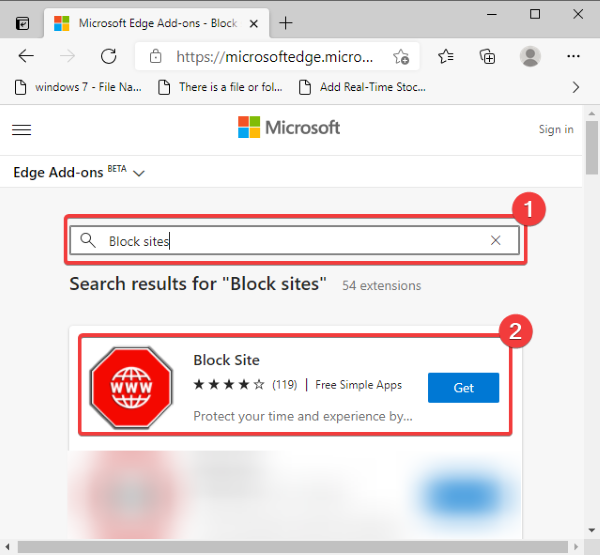


This method won't work with other common browsers such as Safari, Chrome or Firefox. Highlight the " * " value, and then click "Edit" in the Windows registry toolbar, followed by "Modify." Change the value to "4." This communicates to the Internet Explorer browser that the site is restricted. This will be the name of the folder.Ĭlick the folder that you just named after the forbidden website, and then click "Edit" in the Windows registry toolbar window, followed by "New," and then select "D-WORD (32-bit) Value." Rename the default value that appears in the right-hand window pane " * " to include all subdomains as restricted also. If you want Trend Micro to block this page again, you need to reinstall the extension to remove it from the trusted websites list.Click the small arrow next to the "HKEY_CURRENT_USER" folder located in the left-hand pane, followed by the "Software" folder, then the "Microsoft" folder, then the "Windows" folder, then the "CurrentVersion" folder, then the "Internet Settings" folder, then the "ZoneMap" folder and finally click the "Domains" folder once to highlight it.Ĭlick "Edit" in the Windows registry toolbar window, and then select "New," followed by "key." Type in the full name of the website that you want to be blocked (for example, ). Put a check beside Don't block this page again if you want to allow visits in this website permanently.

However, your computer may be in danger of malware infection. Ĭlick on the Still want to open this page, despite the risk?, then the Open Blocked Page button. If you want to disable it, click the switch again to turn it OFF. Enable Web Threat Protection to block scam websites Trend Micro maintains a database of risky websites that have a history of transmitting malicious software or supporting online fraud. It blocks suspicious websites before you can visit them. Web Threat Protection in Trend Micro Security guards you from threats when you search or browse online in Microsoft Edge.


 0 kommentar(er)
0 kommentar(er)
